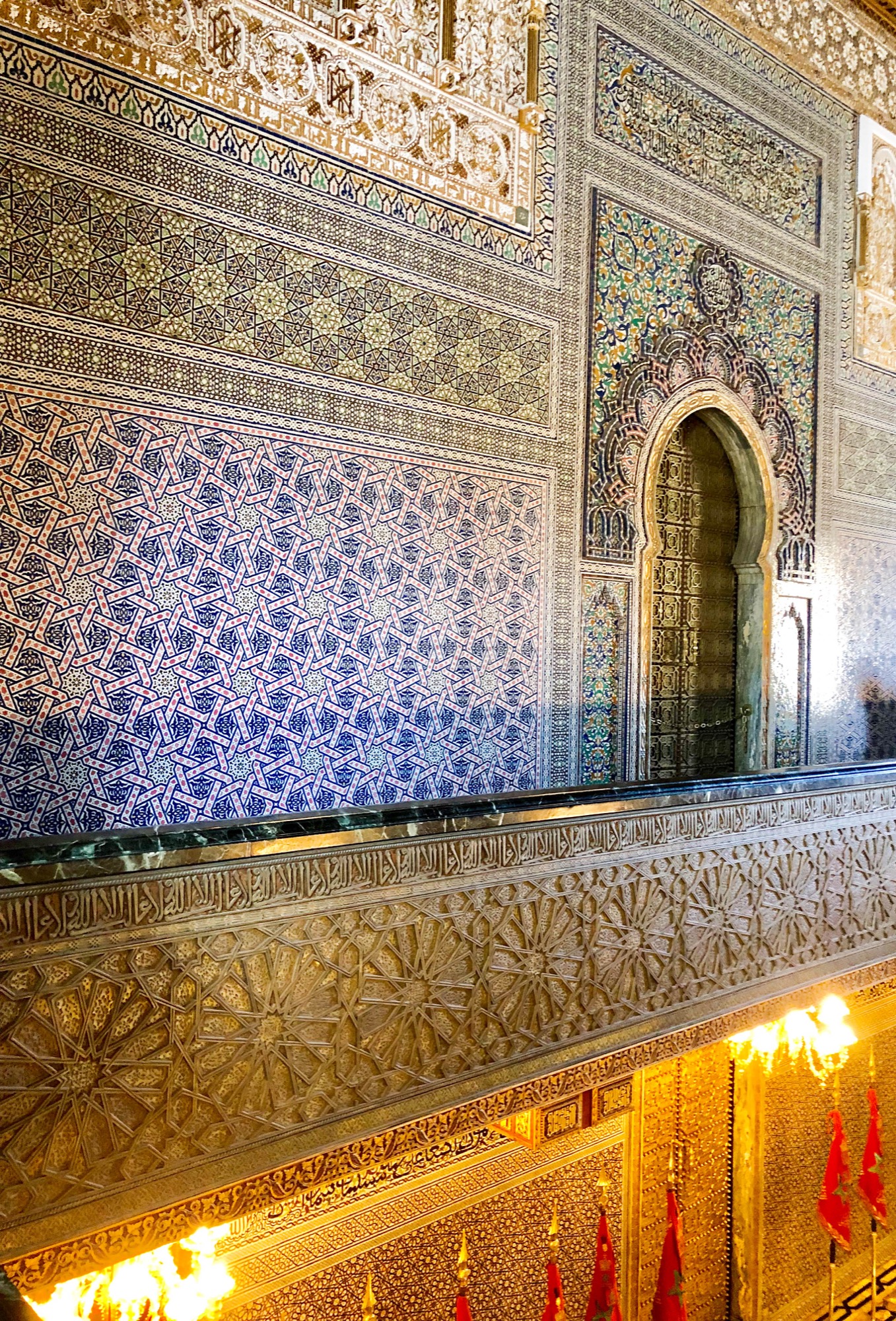Tagines are a popular Moroccan cuisine and there are many variations. The tagine is actually a clay cooking pot with a cone shaped lid. Various types of meat and vegetables are slow cooked in the tagine, often over couscous and covered in some sort of sauce.
Another common Moroccan dish, called harira, is a tomato-based soup with lots of lentils and chickpeas. Beef or lamb are often added to the harira as well as many different spices. Bissara is another common soup that is made with fava beans.
Bastilla is a savory pie that is usually made with pigeon, but chicken can be used instead. The poultry is cooked with saffron, cinnamon, ginger, and pepper, and then wrapped in a crispy pastry shell and covered with almond slivers.
Olives with various seasonings and sauces are a staple at every meal, as is khobz, which is a type of flatbread.
Side dishes include a variety of salads, such as zalouk. Zalouk is a spread made with eggplant, tomatoes, garlic, olive oil, and spices.
Seafood is also a favorite food in Morocco. Steve tried some shrimp that was covered in a sauce and grilled. It came with all of its body parts still intact.
Desserts were various Moroccan cookies made with dates, sesame, almonds, and honey as common ingredients. Fresh dates or figs covered in sesame seeds were also common after meal treats.
One delicacy that we saw, but chose not to try was steamed sheep head. You can purchase either a half or a whole head and it generally comes steamed with cumin, chili, and salt.
























































